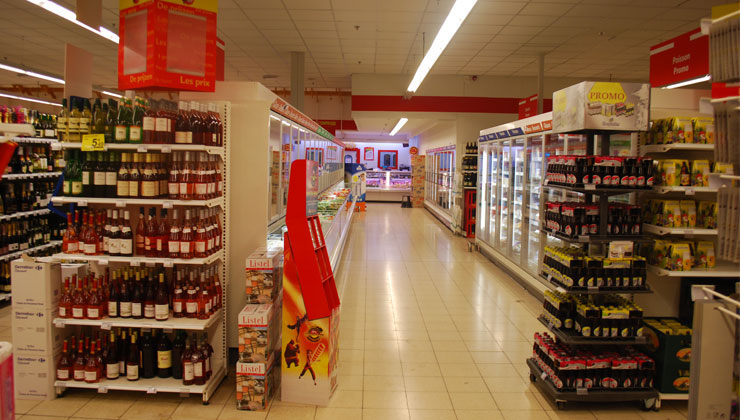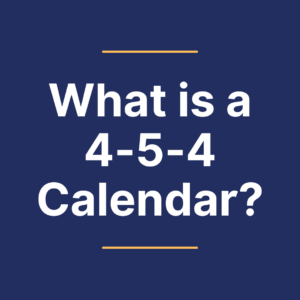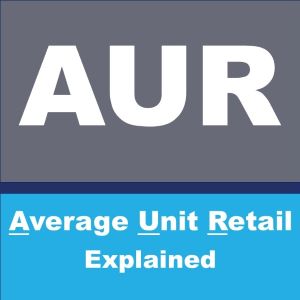
What Is a Gondola Display?
A gondola, specifically a gondola fixture display in retail, refers to a free-standing unit used to display merchandise. The store gondola usually stands vertically with a flat base and is connected to other gondola fixtures to create store aisles. Gondola retail displays may also be used as single display units.
How Are Gondolas Used?
Since the primary function of a retail gondola is to display merchandise, how a gondola is built and placed largely depends on the retailer.
For big box retailers (Walmart, Target, Kroger, etc.), several gondolas are connected end to end to create long category aisles. Merchandise is displayed on both sides of the gondola (the separate aisles) and a display can be created at the end of each row of gondolas (see End Cap Display).
For smaller retailers (Yankee Candle, Bath and Body Works, independent boutiques, etc.), single gondolas are usually placed individually throughout the store. Each free-standing unit features a different type of product or several products in one theme.
One kind of gondola use is not limited by the size of the retailer. Walmart is a primary example of both uses. While categories like grocery, toys, and hardware used aisles of gondolas to display product, single free-standing gondolas are also featured. Many gondolas are displayed in Action Alley with themed product (baking items, gift ideas, holiday themes, etc.).
How Is Merchandise Displayed on a Gondola?
Gondola retail merchandising is as versatile as its placement in a store. How merchandise is presented on a gondola is adaptable to the product.
Shelving
The most-used way of displaying product on a gondola is shelves. Whether single free-standing or gondolas connected to form long aisle, shelves are convenient to display:
- Individual items
- Cases of product
- Merchandise in custom displays
- Retail-ready packaging
- Self-facing fixtures
Gondola shelving also provides the most versatility to adjust to product height.
Pegboard and Hook
Store categories that feature many small, single-packaged items work best by displaying this product on a gondola fitted with pegboard. Areas like stationery, fishing accessories, and party supplies carry many items best suited to hanging on adjustable hooks fitted to the pegboard gondola.
Slatwall
A slatwall gondola simply refers to gondolas designed with panels containing horizontal grooves. Slatwall gondolas that are designed to support a variety of merchandising accessories including shelves and display hooks.
How Does Walmart Use Gondola Displays?
Aside from simply displaying merchandise into feature units and category aisles, Walmart uses its gondola space in an economical way: safety stock storage.
While walking down the aisle of a Walmart store look at the very top shelf. You will see items that are featured on the shelves below and that would normally be taking up space in the back room of the store. This safety stock saves store associates time in replenishing the shelves when stock runs low or out.
It also keeps the back room free of clutter by having more inventory out on the salesfloor. Less time in the backroom and more time on the salesfloor also keeps store productivity and customer satisfaction up. The gondola adds to Walmart’s bottom line by service not only to sell but to store.
Conclusion
As a supplier, how to maximize your product’s appeal to the customer largely depends on where it is placed on the gondola (aisle, single-unit, end cap, eye-level, etc.). Once the placement is established by your retailer, the next step is to use that space to stand out from competitors on the same gondola fixture.
Are you currently supplying to Walmart and want to learn more about maximizing your store placement and sales? Contact 8th & Walton for a free consultation.
Photo credit: “Freestanding display units in a supermarket” (c) by Jean Housen is licensed under CC BY-SA 3.0



